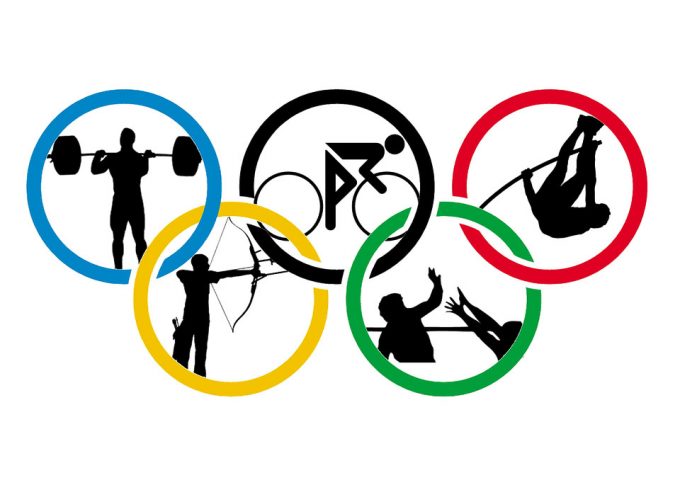If you’re as cool as the rest of America, for the past week you’ve been glued to the TV to soak in some national pride as the Olympics take place in Rio. And, the same as the rest of us, you’ve probably thought, how do these guys get to be as skilled as they are? Is it genetics? Were they just privileged with awesome coaches? Is it something in their water?
What you may not know is that many Olympians (as well as other athletes) undergo a strict resistance training regimen in addition to their sport specific training. Resistance training is the use of an outside force (e.g. gravity, weights, bands, etc) to condition the skeletal muscles, as well as many other systems in the body.
Check out these Olympians “killing it” in the gym in the off-season.
These high-performing Olympic athletes know that the benefits of resistance training are invaluable in preparing their bodies to excel at their sport. But did you know that this kind of training is invaluable for you too?
There are an incredible number of reasons Olympians perform resistance training (and why you should also), but below is a list of five.
- Increases in Muscle Strength and Size. Every Olympic athlete, from Olympic lifters to track and field athletes to swimmers and volleyball players, requires strength for their sport. In some it is the most vital aspect and in others it enables the athlete to perform their specific skill to the highest level possible.
Even though general population individuals (you and I) aren’t shot-putting 8-16lb iron balls to outer space or performing a synchronized dive (Have you seen their amazing legs?), a little resistance training can work wonders on your body. Not only can it give you a shape that everyone envies, but your ability to perform everyday tasks increases. Picking up baskets of clothes becomes easier. Walking up stairs is less of an issue.
- Weight and Chronic Disease Management. Believe it or not, Olympic athletes have to be careful about their bodyweight. Getting into the habit of eating high calories can follow an athlete into the off season when they aren’t performing their sport quite as often. The best way to handle keeping the weight off (in addition to cutting back on calories) is to perform resistance training.
That applies to us too. Resistance training can burn an immense number of calories for up to 48 hours after a workout, leading to lower bodyfat. As an added bonus, the chemical processes that take place in the body can clear out chronic disease factors like excess cholesterol or high blood sugar levels as found in diabetics. Not to mention the heart benefits that come from a good workout, lowering the chances for heart disease.
- Improved Posture, Mobility, and Balance. Every single Olympic sport requires all of these to some degree. If you’ll notice, these athletes are rarely slumped over, inflexible, or falling all over themselves. That’s because basic resistance training will lead to improvements in all three of these areas.
Anyone who performed proper resistance training will see their torso muscles become much stronger and their body become much more stable as the muscles are trained. Surprisingly, resistance training actually makes people more mobile as well so the joints aren’t so stiff (So tell your grandma to lift. Or join a Matter of Balance class).
- Increased Stamina. It goes without saying that most Olympic athletes need endurance, to a degree. Resistance training actually helps with that too by enabling athletes to stay under stress longer.
Non-Olympians achieve the same benefits, making it easier to get through work, walk long distances, perform household chores, or whatever other tasks they perform that take longer than is ideal.
- Decreased Risk of Injury and Pain Management. Olympic athletes can’t afford to be injured. In addition to just plain old being careful, athletes utilize resistance training due to the increases in strength and elasticity in the connective tissue of the body. So they’re less likely to have a tear here or a strain there.
The same goes for the rest of us. Not only can we prevent injury through this type of training, but we can also manage any current pains we have due to the increase in blood flow and release of endorphins that occurs as a result.
So if you want to be as cool as a US Olympian, and receive all the same benefits that they do, you should resistance train too. Hit up a gym, buy a bodyweight training book, or hire a personal trainer if you need an extra boost.






Comments are closed.